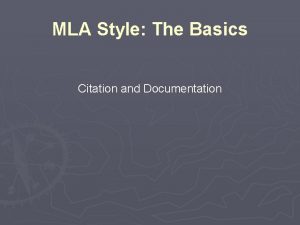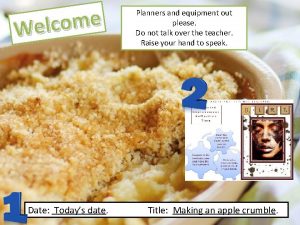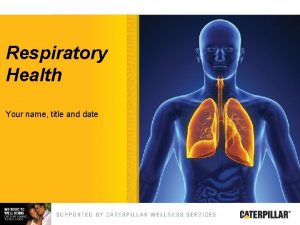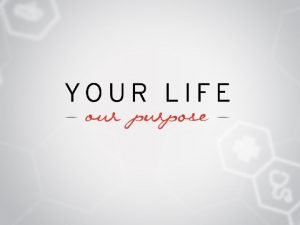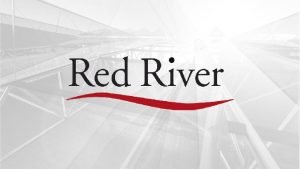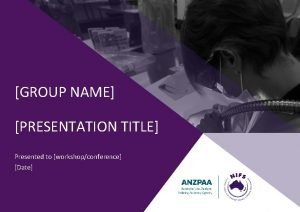MY TIMELINE TODAYS DATE TODAYS TITLE TODAYS ESSENTIAL









- Slides: 9

MY TIMELINE TODAY’S DATE: TODAY’S TITLE: TODAY’S ESSENTIAL QUESTIONS: WHAT ARE PRIMARY AND SECONDARY SOURCES? WHAT IS “PERSPECTIVE”? HOW DO WE USE THEM IN SOCIAL STUDIES?

A PRIMARY SOURCE IS… • An original piece of information created during the time period of a specific event. • EXAMPLES? ? • Maps • Books (like an autobiography) • Newspapers • News articles • Charts • Photographs • Paintings

A SECONDARY SOURCE IS… • Pieces of evidence created AFTER THE FACT, or after the time period of a specific event • Examples? ? • Textbooks • Encyclopedias • Paintings or drawings (after the fact) • Books (like a biography)

HOW DO WE USE PRIMARY AND SECONDARY SOURCES? • We use them to learn about the past. • Primary sources help us learn from the past from people who were there • Secondary sources help us learn from the past from people who have studied it • But be aware of… • BIAS and PERSPECTIVE! • What is bias anyway? • What about perspective?

LET’S TALK ABOUT BIAS AND PERSPECTIVE… • Imagine that you are the principal of a school and you just found out that there was a fight in the lunchroom during lunch. • You’ve asked many students and teachers who witnessed the fight to write down what they saw and who they think started the fight. • Unfortunately, you have received many conflicting (different) accounts that disagree about important details of the fight, like who started it, when it started, and who was involved. • It’s important to remember that NO ONE is lying.

WITH YOUR TABLE… • How could there be different stories of the event if no one is lying? • Who are the different people who might have seen this fight? (e. g. , friends of those involved versus people who don’t know the kids who were fighting; those who were fighting versus those who were witnesses; adults versus kids). • What might make one person’s story more believable than another person’s?

• (a) Why might people see or remember things differently? • (b) Who has an interest in one person getting in trouble instead of another? Who was standing where? Could they see the whole event? • (c) The plausibility of the stories themselves (e. g. , issues of exaggeration and how the stories fit into what is known about the students’ prior histories). Is the story believable? Trustworthy? • (d) Time: Do stories change over time? How might what we remember right after the event differ from what we remember a week later? • Does time make the way someone remembers something more or less trustworthy? • Physical Evidence: What physical evidence might affect who/what you believe (bruises, missing objects, etc. )?

THIS IS THE BASIS OF PERSPECTIVE • History can be looked at from different PERSPECTIVES, or view points • We have to know people see and remember things differently • So how do we know what to believe about history?

THE EASIEST EXAMPLE OF A PRIMARY SOURCE? • A timeline!!
